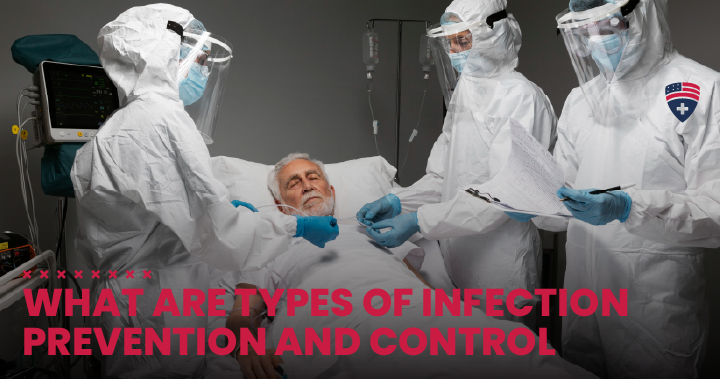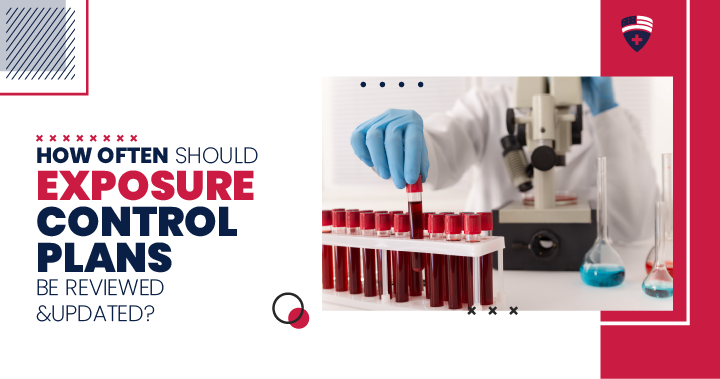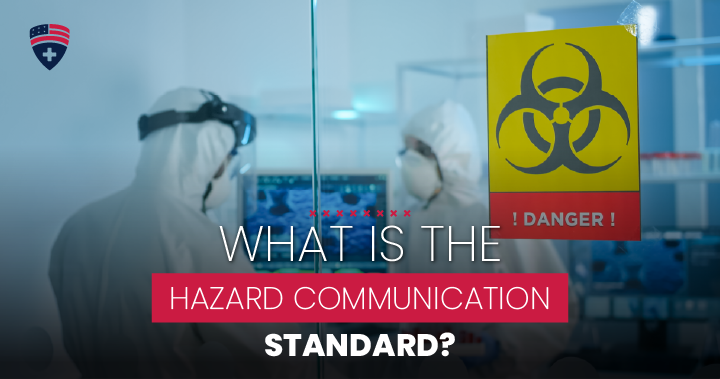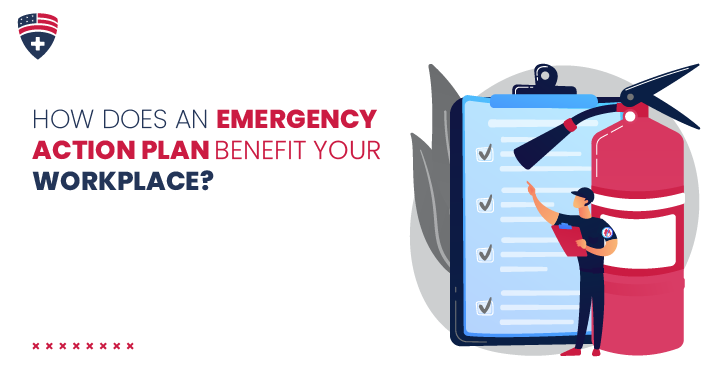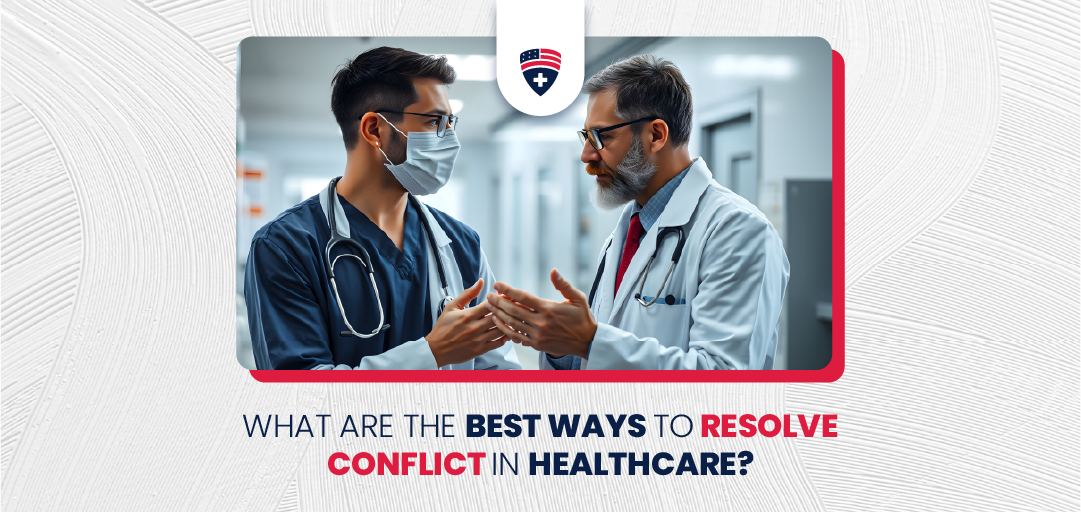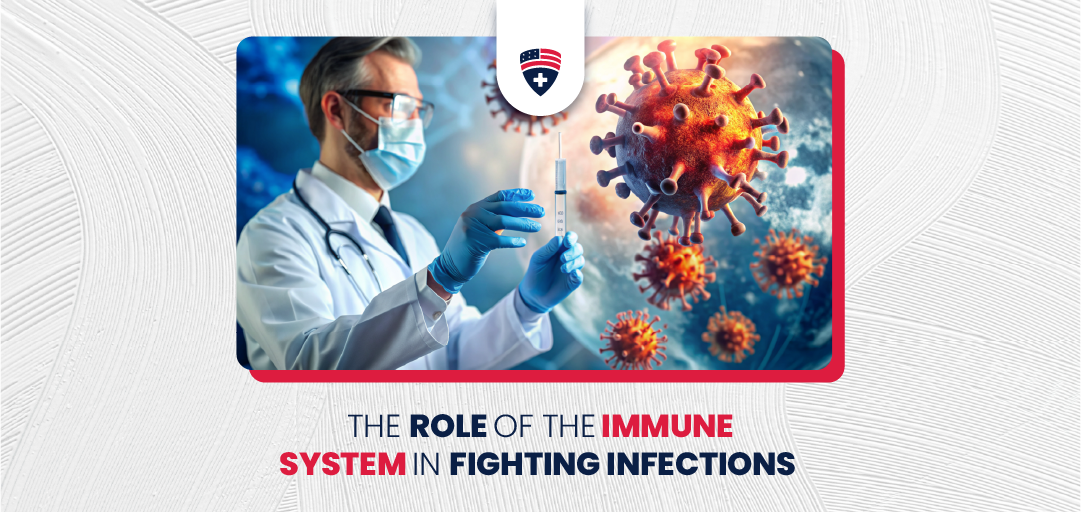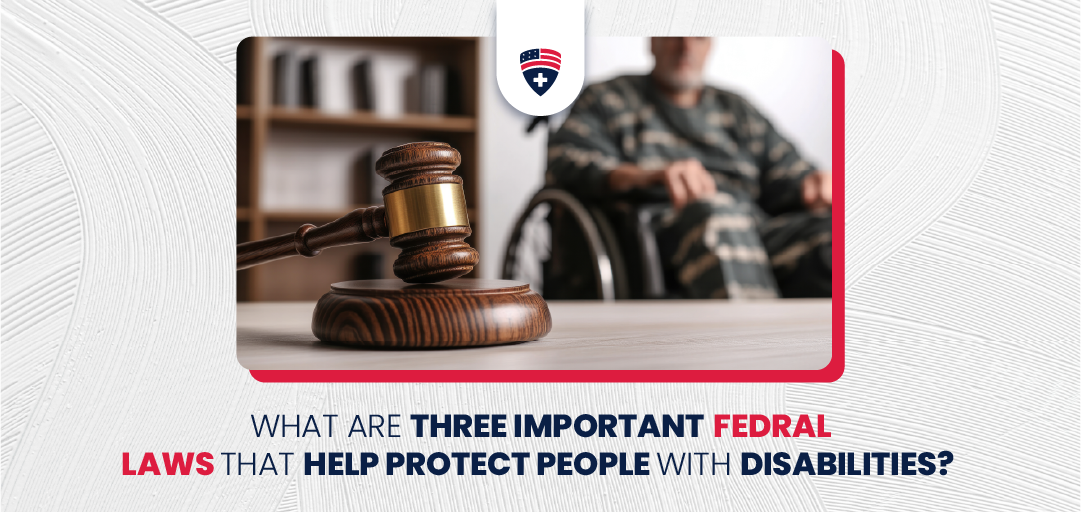
What is the Single most Important Method of Infection Control?
Did you know what is the single most important method of infection control is? Let’s find the answer.
Since the COVID-19 pandemic and other infectious diseases are still a threat, it is more important than ever to avoid getting them.
When it comes to stopping the spread of infections, one method stands out as the most effective: hand hygiene.
American Healthcare Compliance creates infection control solutions trainings for healthcare providers to prevent the spread of infections. If you want more information, contact us.
Today, we are going to talk about why washing your hand is the most important way to prevent infections and how doing it can make a big difference in stopping the spread of pathogens and look into 5 moments of hand hygiene.
Why Hand Hygiene Matters?
According to CDC washing your hands prevents illnesses and stops the spread of infections.
When you wash your hands with soap, germs are removed. It can help stop infections by:
- Many times, people touch their mouth, nose, and eyes without realizing it. Our eyes, nose, and mouth are all ways that germs can get into our bodies and make us sick.
- Food and drinks can get germs from hands that have not been washed while food is made or eaten. Certain types of food and drinks can make people sick by spreading germs.
- If you do not wash your hands, germs can get on things like handrails, table tops, or toys, and then they can get on someone else’s hands.
- Washing your hands gets rid of germs that can cause diarrhea and respiratory infections. It may even help stop skin and eye infections.
What is the Correct Order of Steps for Handwashing?
Five steps of hand hygiene washing your hands is simple and effective for preventing the spread of germs. Keeping your hands clean can help stop germs from spreading from person to person and in public places like schools, daycares, and your home.
5 steps of handwashing:
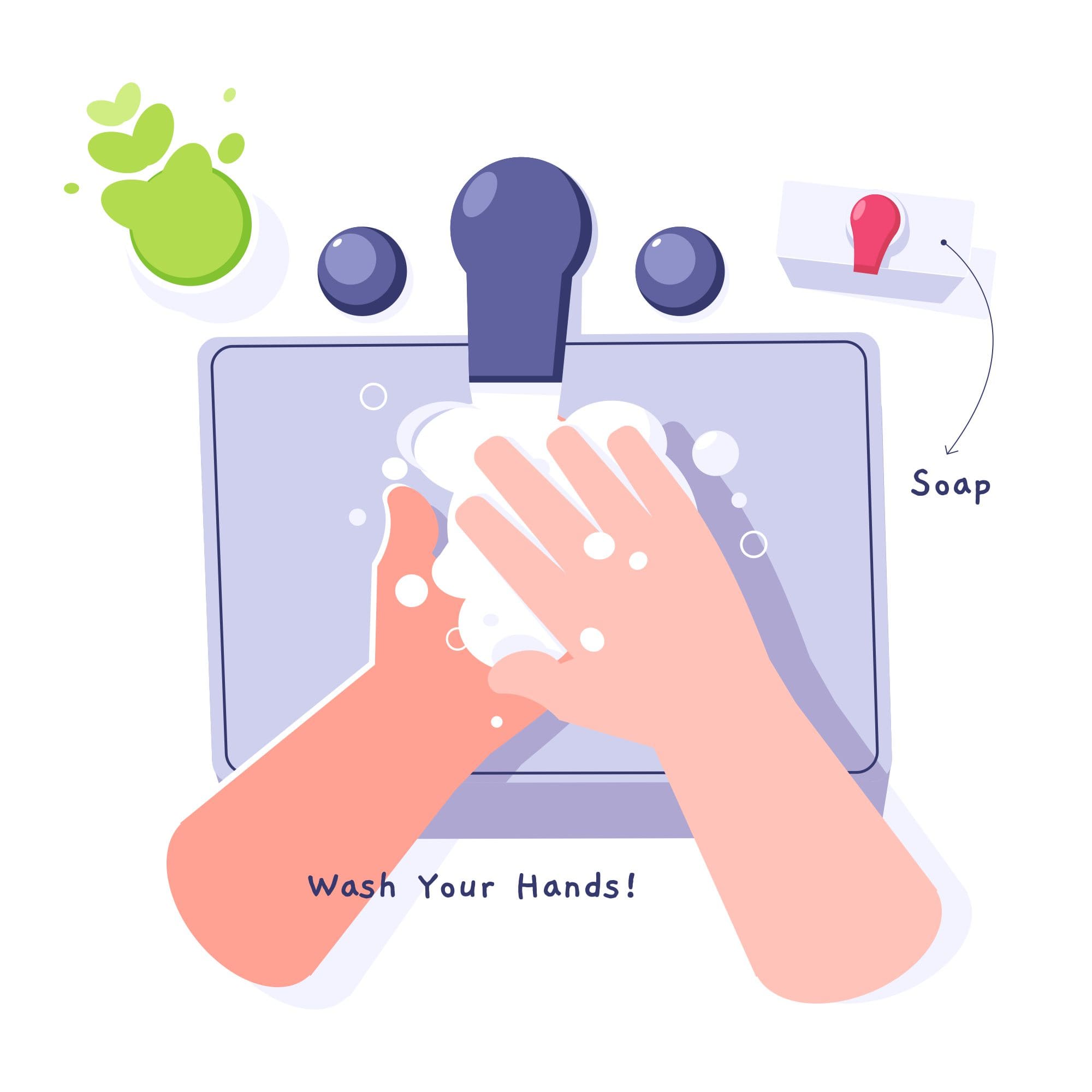
- Wet your hands with clean tap water (warm or cold) and turn off the tap
- Apply soap and rub hands together to lather. Be sure to apply foam to the backs of your hands, between your fingers, and under your nails
- Scrub your hands for at least 20 seconds. You can use the ” Happy Birthday” song as a timer and hum it twice from beginning to end
- Rinse your hands thoroughly with clean, running water.
- Dry your hands with a clean towel or use an air dryer
When to Wash Your Hands:
For effective infection control, you need to know when to wash your hands.
when should you perform hand hygiene select all that apply?
- Right before and after making food
- Before eating
- After going to the bathroom
- When you cough, sneeze, or blow your nose
- When you touch public surfaces or objects
- After taking care of a sick person
Hand Sanitizers as an Alternative:

Some places do not have soap and water handy, but alcohol-based hand sanitizers are a good way to keep your hands clean.
Look for hand sanitizers that have at least 60% alcohol in them. Lower concentrations may not kill some pathogens as well.
Hand sanitizers kill a lot of germs, but washing your hands is still the best thing to do when your hands are obviously dirty or oily.
Wrapping Up: What is the single most important method of infection control?
The most important thing you can do to avoid getting an infection in healthcare and in your daily life is to wash your hands.
Using soap and water to wash your hands well for at least 20 seconds gets rid of germs and helps stop the spread of infections.
Proper hand hygiene, like washing your hands at important times and using hand sanitizers when needed, is very important for keeping people and the public health. We can all help make the world a safer and healthier place for everyone by making washing our hands a priority.
Check your knowledge here and attempt quiz
FAQs
What does an infection preventionist do?
A healthcare worker who stops the spread of infections by enforcing rules, teaching staff, keeping an eye on infection rates, and looking into outbreaks is called an infection preventionist.
What is an example of infection control in the workplace?
Cleaning floors, bathrooms, and surfaces like tables and bench tops with hot water and detergent is part of workplace infection control. Periodically cleaning walls and ceilings.
What is the single most important method of infection control?
The best way to stop the spread of infections between patients and DHCP is for everyone to practice hand hygiene.
How important is it to use handwash signs?
To encourage good hand hygiene, which is the most important way to prevent infection, hand wash signs work well.

